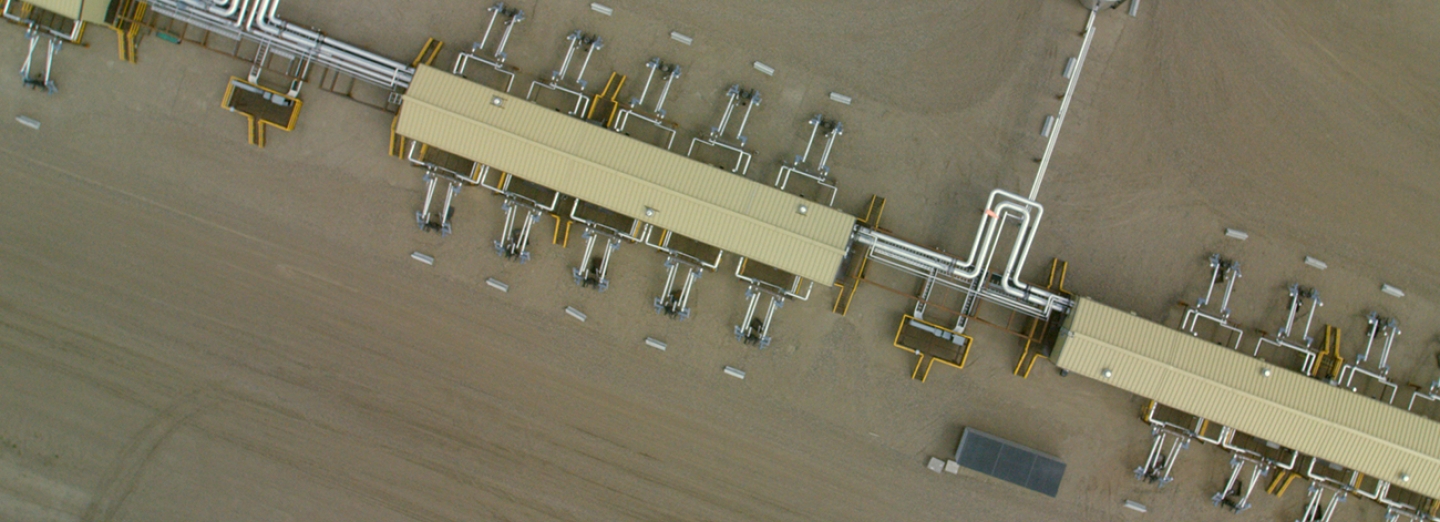Companies must develop Alberta’s energy resources (oil, gas, bitumen, and coal) responsibly. It’s our job to create and enforce requirements that ensure that people, wildlife, and the environment are protected. As part of this work, we must examine the risks associated with every development.
We need to know
- the likelihood that something bad might happen; and
- what the consequences will be if something bad happens.
First, we need a birds-eye view of energy development. Our Integrated Decision Approach is changing the way we regulate by looking at the entire project life cycle, rather than on a step-by-step basis. With this approach, we are better positioned to
- focus on what matters (i.e., provide greater regulatory oversight to higher-risk activities); and
- apply the right amount of regulatory oversight at the appropriate time in a project’s life cycle.
How We Assess Risk
Using risk information when making decisions is not new for the AER. But, through our Integrated Decision Approach, we are moving towards an even more consistent way of using that information to make decisions. To do this, we have developed risk-assessment rules that enable us to ensure that higher-risk projects receive greater scrutiny.
Risk-Assessment Rules
We have developed risk-assessment rules for
We also have a series of administrative rules for
Two Levels of Review
Under our Integrated Decision Approach, we have two levels of review: standard (baseline) and additional (manual).
OneStop, our new automated system, helps us focus on higher-risk activities by automatically evaluating a project based on built-in risk-assessment rules to determine if additional review is needed:
- If a company’s application does not require additional review, this is what we call a standard (baseline) review. It is sufficient for most low-risk activities.
- If a company submits an activity that is not standard or that introduces uncertainty or higher risks, our technical experts must take a closer look. They will perform an additional (manual) review.
Reasons for More Oversight
There are five main reasons additional oversight may be necessary:
- Government policy: Government of Alberta policy, legislation, or regulations may require us to apply additional oversight.
- Variances: An operator may request a deviation from our standard rules and requirements.
- New activity or technology: An operator may be planning an innovative approach to energy development, either in the way they conduct an activity or in the use of new technology that has not previously been assessed by us.
- Stakeholder concerns or complaints: Statements of concern or complaints have been filed by stakeholders regarding the application or activity.
- More oversight required: Some attributes of the project or activity (e.g., the location, operator, or activity) have the potential to reduce the effectiveness of our existing requirements.
Staying Current
We will periodically review our risk-assessment rules to ensure that they appropriately reflect
- Government of Alberta policy,
- information gathered from stakeholders and indigenous peoples,
- changes to energy development, and
- changes to the population and landscape of Alberta.
Learn More
Read our risk brochure for more information on how we use risk information to make regulatory decisions.


